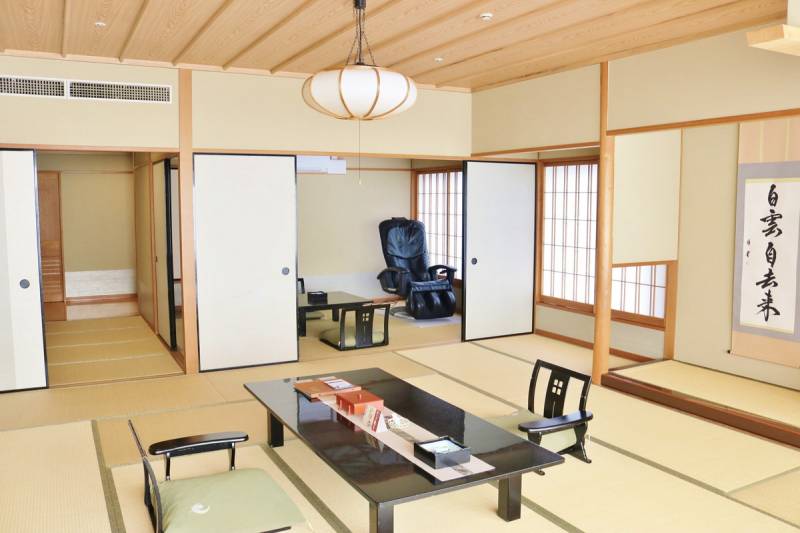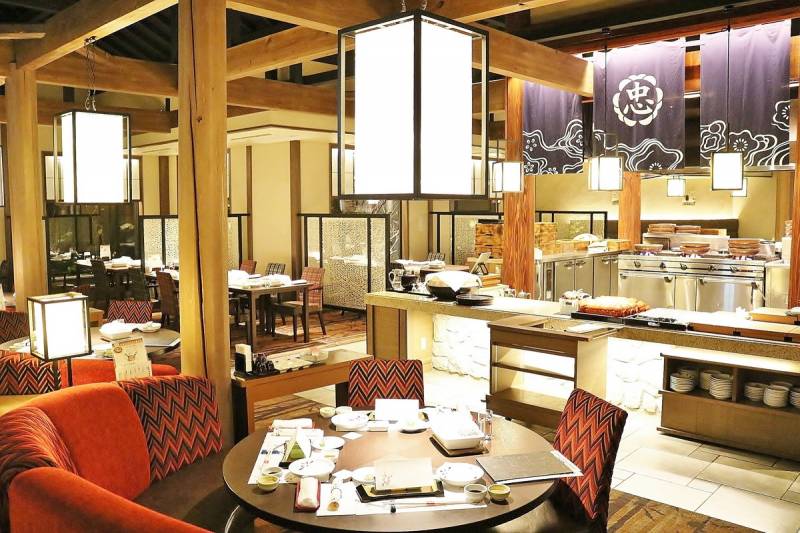Konpira Hotsprings Town`s Appeal
In most facilities there are outdoor hotspring baths, but if you want to enjoy the hotsprings in a private environment, make sure to choose a facility that has private baths. In the town, you will find souvenir shops, restaurants and bars, all focused on Kotohiragu. There are also Foot Hotspring Spas, where you can rest fully clothed with your feet in the soothing waters, concentrated in the town area. You will find the feeling of Japan from the good old days.
‣Yumoto Konpira Onsen Hana-no-Yu Kobaitei
The sheer amount of water is impressive, but you will also enjoy the outdoor bath with a tub made from Japanese cypress, the Hana Roten, which has rose petals floating thin the water, or the Awa-Yu, which has bubbly water.

‣Kotohira Onsen Koto-sankaku
In addition to having Shikoku's largest bath with six types of tub for both women and men, there is also the Kabuki-no-Yu, located in the middle of a traditional Japanese garden, and an outdoor bath with observation deck.
‣Kotohira Kadan
This 'Garden Inn' combines traditional 'sukiya' design and modern architecture. The outdoor bath is uniquely surrounded by bamboo woods, for both the men's and women's sides.
















